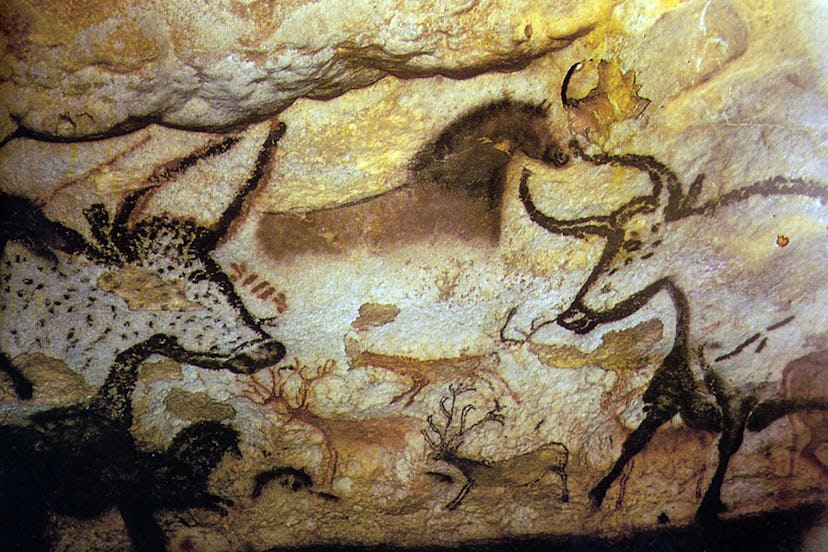Amateur Archaeologist Might Have Just Decoded First Known Writing
An amateur archaeologist is making waves in the world of science after appearing to decode the "first known writing" found in caves, written up to 25,000 years ago.

An amateur archaeologist appears to have decode the "first known writing" found in caves up to 25,000 years ago. The findings may change how scientists look at the early history of people.
According to The Times, Ben Bacon, a furniture restorer by day, spent evenings looking over and analyzing photographs of cave paintings of prehistoric animals and a series of lines and dots. There has been much speculation on what these writings mean, many of which were discovered 150 years ago.
Now, Bacon thinks he's cracked the code. "I'm interested in writing, how it develops," he told The Times. "What we have here is a simple writing system."
His analysis of the first specific readings of European Upper Paleolithic communication has been backed up by scientists and university professors and published in the Jan. 5 edition of the Cambridge Archaeological Journal. There's a lot we've learned from his findings.
The symbols were used across Europe until the end of the Ice Age.
Bacon analyzed photographs of caves all over Europe — and when he says they’re old, he means they’re really old. The inscriptions appeared in at least 400 caves across Europe and were used until the end of the Ice Age, approximately 11,000 years ago, per The Times.
Paleolithic hunter-gatherers tracked data on the animals that lived around them.
According to Bacon’s analysis, he believes the symbols found in the caves across Europe were data collection about the animals in the area that early humans needed to kill to survive. The images included drawings of stags, aurochs, horses, and bulls.
Other symbols also tracked the animals’ breeding and lunar cycles.
The lines and dots mean something significant.
The drawings of animals included collections of dots, lines, and a symbol that looked like what we know as the letter “Y.” Bacon noted in his analysis that these symbols mean specific things and tie into the animal drawings.
The lines and dots represent the months, the “y” symbol represented the term “to give birth,” and where that Y was positioned between the lines or dots indicated the due dates for when that animal would have their babies, according to the journal.
Bacon's discovery will likely change how scientists view Stone Age communities.
According to The Times, the symbols found in the caves were previously interpreted as being more based on superstitions, but Bacon’s discovery highlights that humans used data and science to frame their understanding of the world even back then.
“They’ve conventionally been thought of as superstitious people who try to use hunting magic to kill animals,” Bacon said, according to The Times. “The signs are actually a scientific observational database of information that they build up over many years and sometimes decades.”
To read more about Bacon’s findings, check out the paper in the Cambridge Archaeological Journal.
This article was originally published on